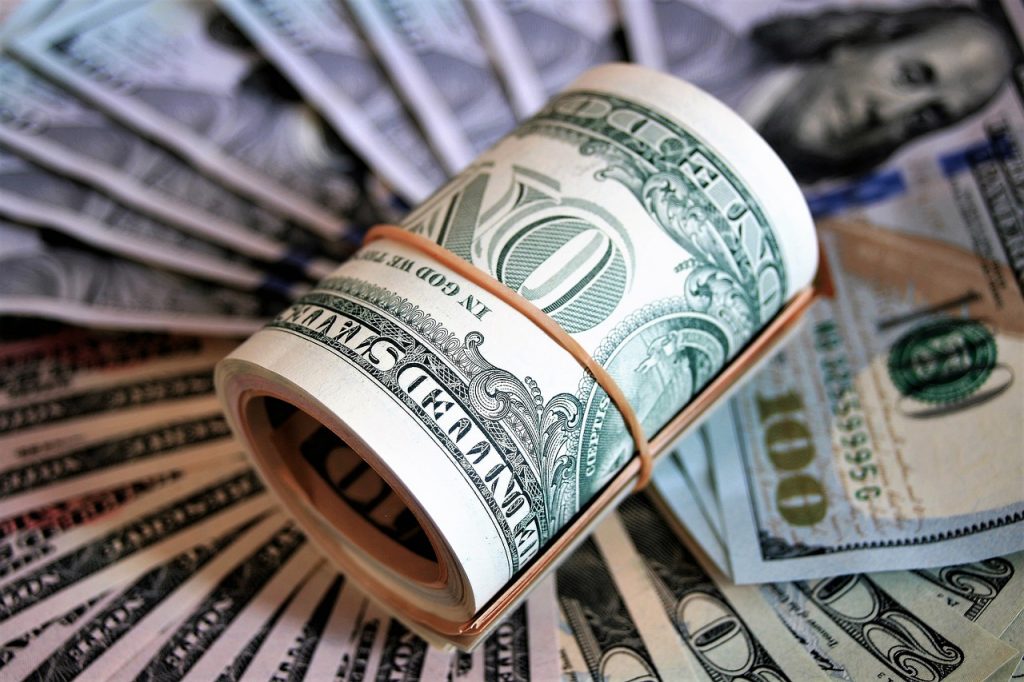The Worrisome Way The US Dollar Is Getting Stronger
The US Dollar is growing stronger because of developed nations not developing nations. This is concerning.
This article is more than 2 years old
The US dollar value has fluctuated over the last twenty years. From a stark decline during the height of the housing market crash to a slow and steady comeback, the dollar has had a turbulent existence this decade. With interest rates spiked by the Federal Reserve, the US dollar is increasing in value quicker than it has in years.
A currency value’s uptick is relatively troublesome and usually deceitful due to its ties to developing countries and their economies. The west has a history of basing its currency’s strength on countries with emerging markets. There’s no clearer indication of this power dichotomy than the US, whose policymakers and business people encourage countries to connect their currency value to the US dollar. These countries are then squashed by debt obligations and their reliance on US imports, skyrocketing the value of American money while other nations struggle to keep up.
Though this is an unfortunate outcome of foreign and economic relations, the US dollar is unexpectedly soaring over its western competitors instead. American currency is surpassing the value of countries with stronger economies, which flips the script on the usual flow of money appreciation.
So, why is the phenomenon occurring? Most of the recent monetary uptick in the US comes from the Federal Reserve’s initiative to control inflation. As the Federal Reserve continually institutes higher interest rate hikes, investors have turned to developing nations that pay out elevated interest rates. Foreign investors can then shift their money to the US, able to capitalize on large payouts without the added risk. This exchange shoots the US dollar’s value into incredible heights, but at the expense of other nations’ currencies.

As nations with less profitable economies notice these concerning trends, banks within these nations have gotten stricter. Central banks in countries outside the west are making it harder for investors to pull these tricks, hoping to keep interest rates from rising. Investors have been flocking to the US instead of European countries due to fears of a Russian-induced recession from continuous geopolitical conflict. As more investors place their money in American banks, the US dollar increases in its value.
The Federal Reserve’s trade-weighted dollar index showcases the fluctuating value of currencies for western nations. The index, which ranks the US dollar based on its competitiveness with trading partners, saw a 10% increase in American money this year than other economically prosperous nations. Conversely, the dollar only had a 3% increase above emerging-market nations. This has transformed the routine, predatory nature of weighted currencies due to the current economic struggles of European countries.
Europe’s currency devaluation and inflation issues could compound to create even worse economic ramifications. Recently, the UK prime minister announced a plan to help those struggling with their electric bills, addressing an energy crisis occurring beyond the country’s borders. The prices of fossil fuels and electricity skyrocketing have put average Europeans in difficult financial situations. The ongoing Russian invasion isn’t helping either, scaring investors out of the country looking for less-risky economies to tap into. This has galvanized more corporations to put their money into American banks, increasing the value of the US dollar above other western nations.



